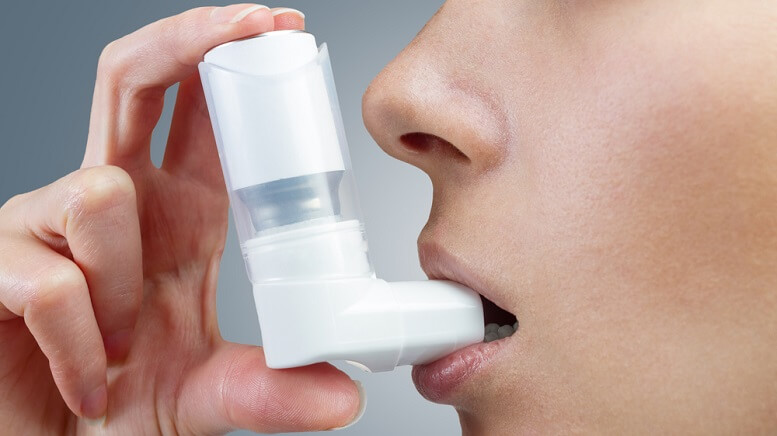Although there is no cure for the human immunodeficiency virus (HIV), there are medications that can help people with HIV live longer, happier, and healthier lives.
Here are the guidelines for HIV treatment.
Antiretroviral therapy (ART) is the use of HIV medicines to treat people with HIV infection. People undergoing this type of treatment take a combination of HIV medicines every day, which is called an HIV treatment regimen.
Antiretroviral therapy is recommended for everyone who has HIV. As mentioned, medications can’t cure HIV, but they can help them live longer, healthier lives. Antiretroviral therapy can also reduce the risk of HIV transmission.
How do HIV Medicines Work?
HIV attacks and destroys the immune system’s infection-fighting CD4 cells. The loss of CD4 cells makes it hard for the body to fight off infections as well as certain HIV-related cancers.
HIV medicines prevent HIV from multiplying, which reduces the amount of HIV in the body (which is called the viral load). Less HIV in the body means the immune system has a chance to recover. Even though some HIV will remain in the body, the immune system is strong enough to fight off infections and certain HIV-related cancers.
By reducing the HIV present in the body, HIV medicines also reduce the risk of HIV transmission. The primary goal of treatment is to reduce a person’s viral load to an undetectable level, meaning the level of HIV in the blood is too low to be detected by a viral load test. People with HIV who can maintain an undetectable viral load have effectively no risk of transmitting HIV to their HIV-negative partner through sex.
Medication Guidelines for HIV Treatment
People with HIV should start antiretroviral therapy as soon as possible. For people with the following, it is especially important to start antiretroviral therapy right away:
- pregnancy
- AIDS
- certain HIV-related illnesses and coinfections
- early HIV infection (up to six months after infection with HIV)
There are several HIV medicines available for HIV regimens. HIV medications are grouped into seven drug classes based on how they fight HIV. A person’s first HIV regimen usually includes three HIV medications from a minimum of two different HIV drug classes.
Selecting an HIV regimen depends on several factors, including potential drug interactions between medicines and possible side effects of HIV medicines. The needs of people with HIV vary, which is why there are numerous HIV regimens to choose from.
Additional Guidelines for HIV Treatment
HIV Side Effects
Sometimes HIV medicines can cause side effects, most of which are manageable. However, a few side effects can be serious. Overall, the benefits of HIV medications far outweigh the risk of side effects. What’s more, newer HIV regimens cause fewer side effects than those used in the past. As HIV treatment options continue to get better, people are less likely to experience side effects.
Side effects can vary depending on the medicine itself as well as the person taking the medicine. Side effects like occasional dizziness or headaches may not be serious, while others, such as swelling of the tongue or throat or liver damage, can be life-threatening.
HIV Drug Resistance
When HIV multiplies in the body, the virus can sometimes mutate and makes variations of itself. Variations of HIV that develop while taking HIV medicines can lead to drug-resistant strains of HIV. That means HIV medicines that previously controlled a person’s illness are not effective against the new, drug-resistant HIV. In other words, the person’s HIV infection continues to multiply.
HIV Drug Interactions
HIV medicines can interact with other medicines, nutritional supplements, vitamins, and herbal products as well as with other HIV medicines. A drug interaction can increase or reduce a medicine’s effect on the body. They can also cause unwanted side effects.
Original source: https://aidsinfo.nih.gov/understanding-hiv-aids/fact-sheets/21/51/hiv-treatment–the-basics
Featured image: DepositPhotos – viperagp









